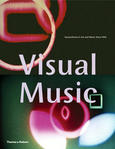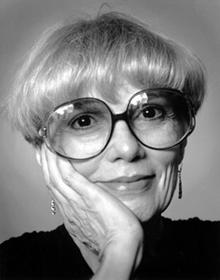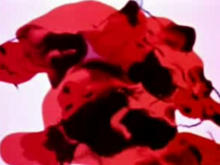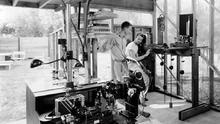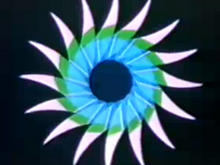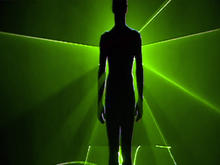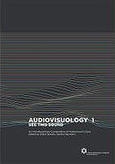Mutations
(1972)by Lillian Schwartz is based on computer images, laser beams diffracted in plastics, and crystal growth in polarized light. The film features a stunning soundtrack by Jean-Claude Risset.
The changing dots, ectoplasmic shapes and electronic music of Lillian Schwartz's Mutations which has been shot with the aid of computers and lasers, makes for an eye-catching view of the potentials of the new techniques.
(A. H. Weiler, N. Y. Times)
Commissioned by Office de Radiodiffusion-Television Francaise. Golden Eagle-Cine 1973; Red Ribbon award - Special Effects - National Academy of Television Arts & Sciences; Cannes Film Festival, 1974. (7-1/2 min.)
Source: Lillian F. Schwartz website


